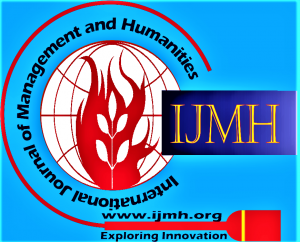![]()
Tactile Maps and New Technologies for Blind and People with Visual Impairments
Maria I. Gkanidi1, Athanasios S. Drigas2
1Maria I. Gkanidi*, Department of Primary Education, National and Kapodistrian University of Athens, Greece.
2Athanasios Drigas, Research Director at N.C.S.R. ‘Demokritos’, Institute of Informatics and Telecommunications, 153 10, Athens, Greece.
Manuscript received on April 17, 2021. | Revised Manuscript received on April 15, 2021. | Manuscript published on April 30, 2021. | PP: 1-5 | Volume-5 Issue-8, April 2021. | Retrieval Number: 100.1/ijmh.E1208015521 | DOI: 10.35940/ijmh.E1208.045821
Open Access | Ethics and Policies | Cite | Mendeley
© The Authors. Published By: Blue Eyes Intelligence Engineering and Sciences Publication (BEIESP). This is an open access article under the CC BY-NC-ND license (http://creativecommons.org/licenses/by-nc-nd/4.0/)
Abstract: Until recently, the medical model of disability has dominated, but times and views change so that the model of social inclusion is now the guideline. It is therefore the broad acceptance of the social model of disability that leads to these changes and assistive technology is the main tool that allows social inclusion. In this paper an attempt is made to investigate greek and international bibliography regarding the design, the use and the effectiveness of haptic maps. This bibliographic research is divided into two main parts, each of whom divided into sub-chapters. The first part includes definitions and researches related to the structure, form and operation of the tactile maps and, more generally, of the individual characteristics taken into account in their creation. In the second part, there is a brief presentation of the new technologies for the blind and visually impaired people.
Keywords: Tactile maps, New technologies, Visual
impairment, Blindness, Design and use of tactile maps, ICTs.
